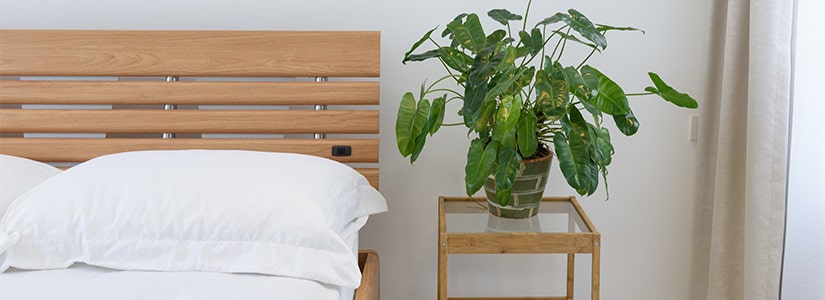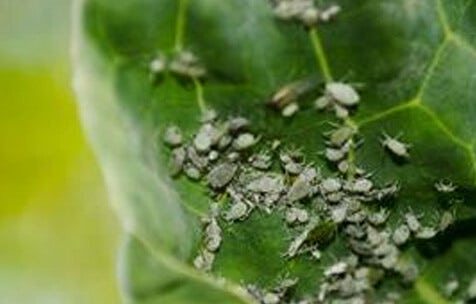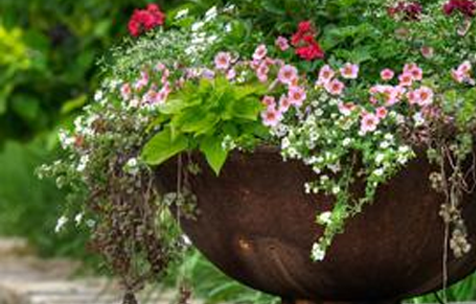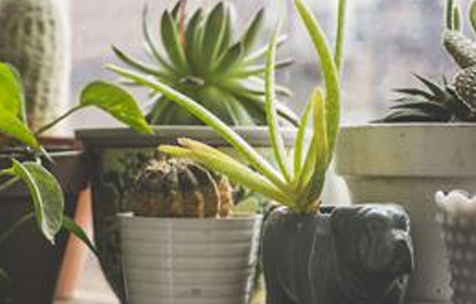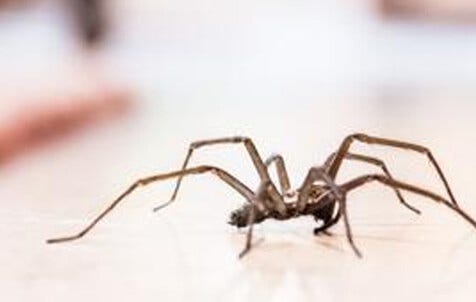

- Home
- Solution Center
- Learn
- Container Gardening
- How to Grow and Care for Succulents Indoors
How to Grow and Care for Succulents Indoors
Why Succulents?
If you long for indoor greenery but have not succeeded with houseplants, consider succulents. They are easy-to-please houseguests and survive indoor conditions with minimal effort.
They survive dry indoor environments thanks to special adaptations – fleshy leaves, thick stems or enlarged roots – that allow the plants to hoard water. Most people are familiar with cacti, which are a type of succulent. But succulents also include a host of other plants grown primarily for eye-catching foliage.
Strong, distinct leaf shapes give succulents striking textures that transform them into living sculptures for interior rooms. They make great indoor plants because they are adapted to survive dry conditions. In winter especially, homes offer dry interior air to houseplants, which is why many do not survive. Low relative humidity is not a houseplant's friend. Succulents, though, with their water-storing ways, endure dry air without ugly side effects.
Learn how to grow these undemanding plants and how to care for succulents indoors.
How to Care for Succulents
Light
Most, in an indoor setting, will crave the brightest light possible, especially during winter in northern climates. Place them near a south- or east-facing window. This same setting works during the warmer parts of the year. Alternately, you can shift indoor succulents outside during spring and summer. Choose a protected location where plants receive bright, indirect light. Research your succulent selection to ensure you are providing ideal light.
Soil
In their native settings, a succulent will typically grow in sandy, well-drained soil. Duplicate that footing for potted plants by blending your own soil mix – half potting soil, half sand. To test how well the mixture drains, wet it, then squeeze it in your hand. If it falls apart, you have a mixture they will love.
Containers
When you purchase a succulent, slip the pot into a pretty cachepot, and you will have instant décor. Or you can transplant these easy-grows-it plants into ornamental containers. Most houseplant indoor succulent plants have shallow roots, so you can tuck them into shallow bowls or squat pots. Succulents cannot stand overly moist soil. Make sure containers have drainage holes to allow excess water to exit.
Water
The fastest way to kill a succulent is with too much TLC – and too much water. Unlike typical houseplants, they stash water in their leaves or roots, which act like a reservoir to slake the plant's thirst. To avoid overwatering, water only enough to keep leaves from withering.
Clues that a plant needs watering include shrinking or puckering leaves or normally shiny leaves that appear dull. If you suspect it is time to water, shove a finger into soil two knuckles deep to make sure it's dry.
When you water, apply enough so it runs out drainage holes. Empty the drainage saucer so plants do not sit in water overnight. About 95% of houseplants need soil to dry out almost completely before watering.
Fertilizer
Succulents experience strongest growth during spring and summer. Growth slows in fall, and winter is a time of rest. Fertilize lightly or not at all during winter. In warmer months, feed plants 3-4 times. Use a standard houseplant fertilizer, but keep in mind that it is easy to over fertilize these plants. In most cases, they should be fed lightly or about half what you would feed a regular houseplant.
Planting Partners
You can combine several in the same container to create a dish garden. The secret to success lies in plant selection. Be sure you are mixing and matching plants with similar growth rates and care requirements.





.jpg)
